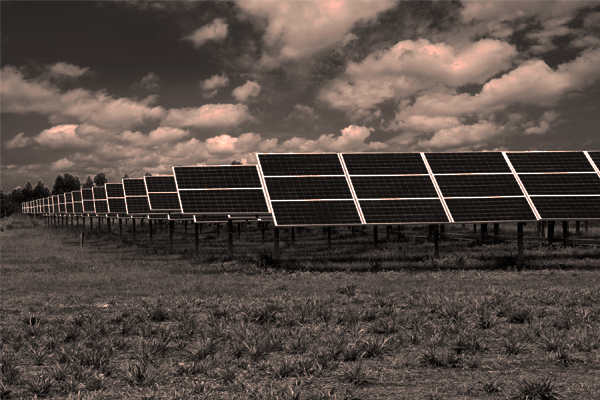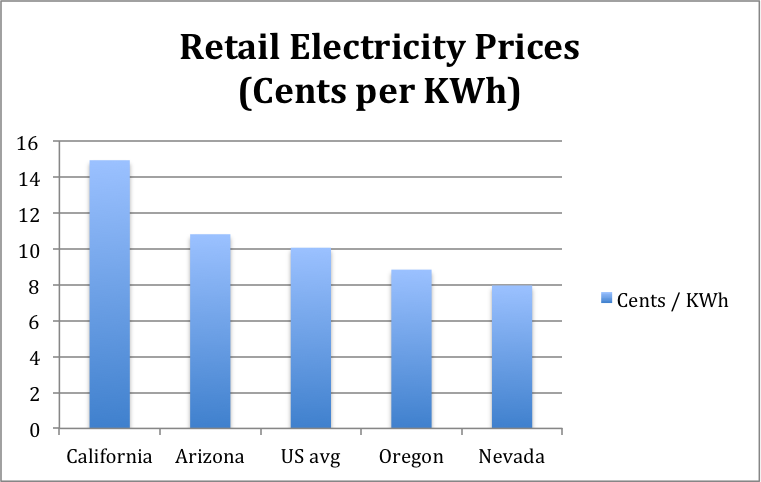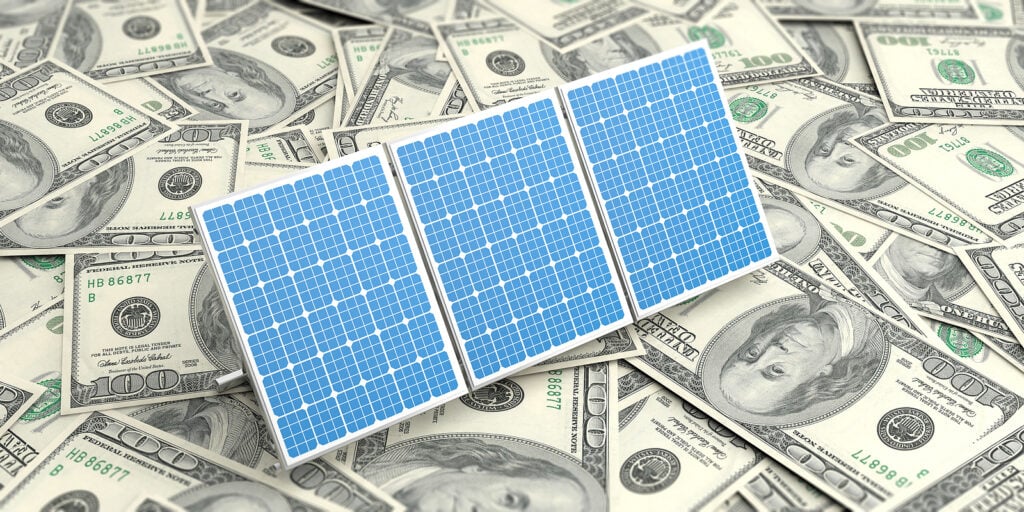California’s Mandate Madness

Next week, Advanced Energy Economy (AEE)—a group co-founded by billionaire environmental activist Tom Steyer—will host its annual event titled “Pathway to 2050.” The name of this conference is in reference to California’s renewable energy mandate that requires the state generate 50 percent of its electricity from renewable sources by the year 2050. California already has high electricity rates and rates are only going to increase.
California already has high electricity rates
California already has very high electricity rates, compared to the national average and compared to its neighbors. California electricity rates are 69 percent higher than Oregon’s, 88 percent higher than Nevada’s, 38 percent higher than Arizona’s, and 48 percent higher than the national average. Retail electricity rates tend to reflect the policy choices made by the states in the past, and California has made expensive choices. Moving to 50 percent renewable will be even more expensive.

Source: https://www.eia.gov/electricity/monthly/epm_table_grapher.cfm?t=epmt_5_6_a
Wind and solar are expensive
A new study from the Institute for Energy Research (IER) shows why the 50 percent goal will come at a huge cost to California ratepayers.
IER’s study, conducted by Tom Stacy and George Taylor, shows the cost of shutting down existing power sources—nuclear, coal, and natural gas—and attempting to replace them with new wind and solar power. On average, electricity from new solar is nearly five times as expensive as electricity from existing nuclear plants and over three times as expensive as electricity from existing coal and natural gas plants.
The numbers are similar for new wind power, which produces electricity that is on average over 3.5 times as expensive as electricity from existing nuclear plants and around three times as expensive as electricity from existing coal and natural gas plants.
The high cost of wind and solar might come as a surprise to some. After all, we’re constantly told that the wind and sun are “free fuel.” The wind and sun are indeed “free,” but the facilities to capture energy from the wind and sun and convert it to usable electricity are not free—not even close. Not only that, but because of wind and solar power’s intermittency issues (the sun isn’t always shining and the wind not always blowing) they impose severe costs on the power grid that result in higher electricity costs.
For the power grid to work, supply and demand need to be in balance at all times. Wind and solar power cannot satisfy this need because their output rises and falls with the weather, not with demand. In the case of solar power, it just so happens that as electricity demand peaks in the evening, solar power’s output begins to decline. IER Vice President Dan Simmons explained this in a recent Congressional testimony:
One of the biggest challenges in keeping the lights on and the electricity grid stable is making sure the electricity grid has sufficient electricity during times of peak demand. Because solar is non-dispatchable and dependent on the weather and time of the year, it cannot necessarily help meet times of peak demand.
For example, the best time of the year for solar is during the summer and the best day of the year should be the summer solstice. This year the solstice occurred on June 20th. In California on the summer solstice, peak electricity system demand occurred at 5:50 pm with demand of 44,550 MW. Solar peak production occurred at around 1 pm at 6,922 MW and by 6:00 pm near the time of peak demand solar production had fallen to 4,491 MW. By 7:00 pm, when system demand was still 44,000 MW, solar production had fallen to 2,629. By 9:00 pm solar production was zero while electricity demand was still nearly 42,000 MW.
This means that even when solar and wind power are producing electricity, the grid still needs sources like nuclear, coal, and natural gas online to satisfy demand.
California’s renewable mandate forces reliable sources to reduce their output when wind and solar are producing electricity. This increases the costs of operating these sources, which results in higher electricity costs. Without subsidies or mandates propping up wind and solar, these extra costs would not exist because reliable sources wouldn’t be forced to cater to intermittent wind and solar power. Simply put, wind and solar power are an unnecessary and expensive burden on the power grid.
However, for California to reach its 50 percent goal, the utilities are shutting down the very sources that keep the lights on to make way for more solar power. Recently PG&E announced plans to shut down its Diablo Canyon nuclear facility. In a press release, PG&E stated that one of the reasons for its decision is to satisfy the state’s renewable energy mandate:
Reflecting California’s changing energy landscape, PG&E today announced a Joint Proposal with labor and leading environmental organizations that would increase investment in energy efficiency, renewables and storage beyond current state mandates while phasing out PG&E’s production of nuclear power in California by 2025.
Let’s step back for a moment and think about why California is on this “Pathway to 2050” in the first place, which is allegedly to reduce carbon dioxide emissions to combat global warming. However, in the case of Diablo Canyon the state is shutting down a CO2-free power plant in favor of more solar power. But because of solar power’s intermittency issues, the state will likely need to add more natural gas to provide power when the sun isn’t shining. So not only will California’s 50 percent goal result in higher electricity rates, but also higher CO2 emissions.
Even if California’s leaders and groups like AEE are serious about their commitment to reducing CO2, the state’s 50 percent mandate will have little impact on global temperatures. In fact, according to models from the U.N’s Intergovernmental Panel on Climate Change, even if the U.S. were to stop emitting CO2 altogether by the year 2050, it would limit global temperature rise by a measly 0.14 degrees Celsius by the year 2100. California’s mandate would obviously have an even less significant impact.
Exporting Unreliable Power
Included in AEE’s agenda for their “Pathway to 2050” event is a session on expanding California’s power markets to other western states. To accommodate the 50 percent goal, California would need to rely on an accounting gimmick. California would export excess solar power to other states in times of high solar production but lower electricity demand, and it would import electricity from those same states during times of high demand and low or zero solar production. On paper, this would enable California to meet its renewable goals, but in reality the state would still depend on reliable sources of electricity generated in other states. This is akin to the “100 percent renewable” gimmick that many companies are using to market themselves as green.
In fact, California already imports electricity from coal generation in Utah, New Mexico, and Arizona. In fact, at times half of Southern California’s electricity comes from coal power in those three states.
Conclusion
California’s push to get 50 percent of its electricity from renewable sources will have a crushing impact on the state’s ratepayers. As IER’s study shows, electricity from new wind and solar power is much more expensive than electricity from existing sources like nuclear, coal, and natural gas. Beyond just being unaffordable, California’s renewable energy mandate is unrealistic and may actually cause CO2 emissions to increase.


